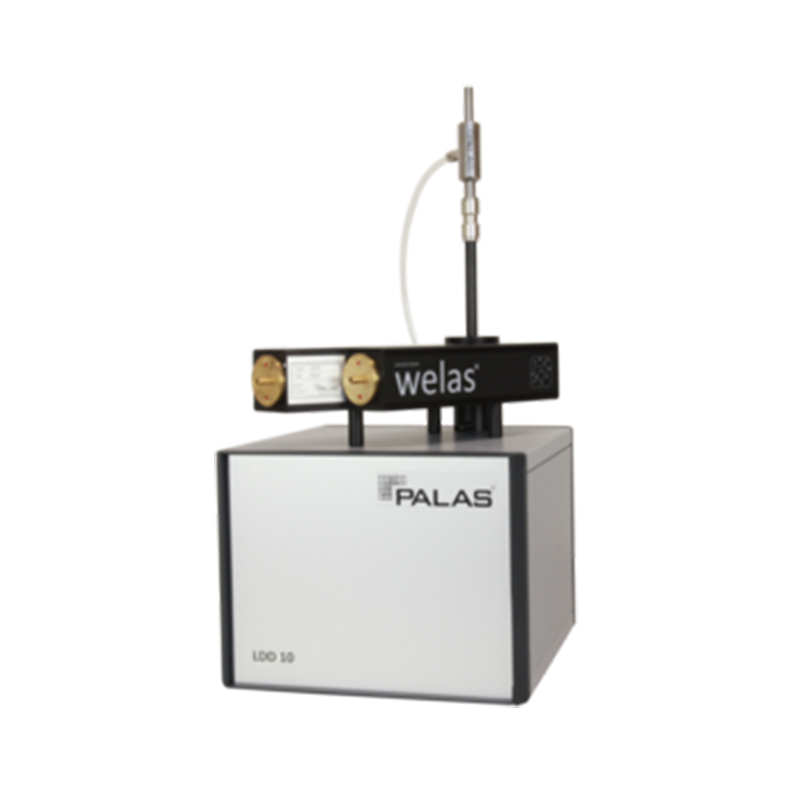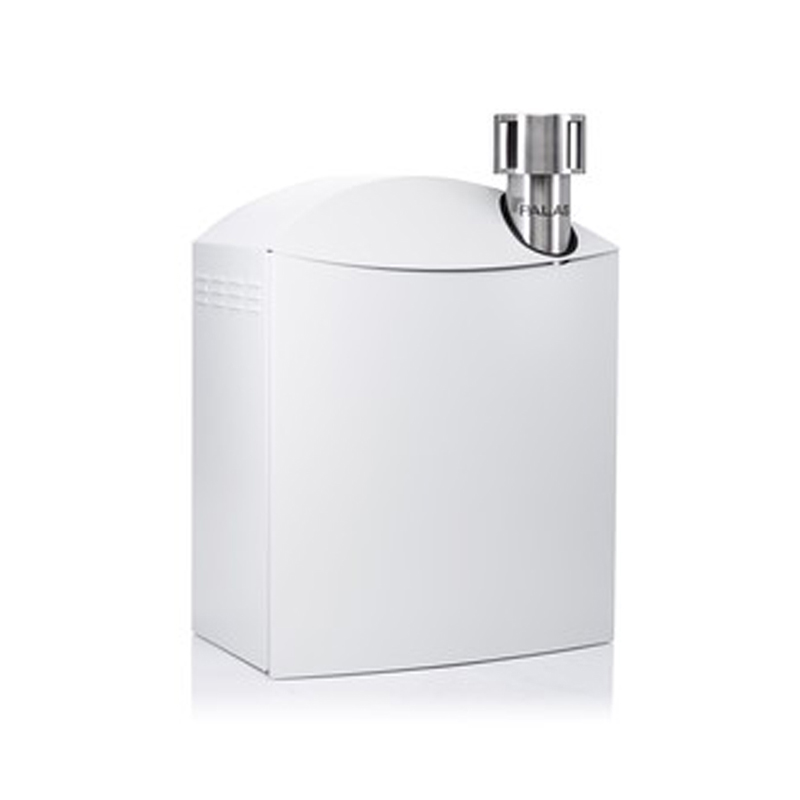Description
Particle measurement devices should be calibrated using particles with characteristics, e.g. shape, size, density, surface condition, and refractive index, that are similar to those of the actual aerosol to be tested, e.g. diesel soot.
The new DNP digital 3000 generates a condensation aerosol from monolithic graphite. The resulting carbon agglomerates are similar to diesel soot with respect to particle size distribution.
Due to the new digital regulation, the generator enables an enhanced setting range as well as an even higher constancy of the generated particle size and concentration.
The particle measurement program (PMP) recommends that the particle size be adjusted to 30 nm, 50 nm, and 100 nm for calibration of the complete measurement chain. The 30 nm, 50 nm, and 100 nm particle fractions are able to be classified with a DEMC (differential electro mobility classifier) based on the particle spectrum provided by the DNP digital 3000. The DNP digital 3000 is able to quickly, reliably, and reproducibly determine the transmission behavior/function of a particle measurement chain, e.g. the PMP measurement chain, and individual components also at corresponding temperatures of up to 400 °C. The DNP digital 3000 provides all of the advantages of the DNP digital 2000, but is equipped with mass flow controllers to control the volume flows for nitrogen and dilution air. The DNP digital 3000 is controlled using a built-in touch display.
The mass flow controllers incorporated into the DNP digital 3000 enable a more precise adjustment of the volume flows for nitrogen and dilution air than the DNP digital 2000. The DNP digital 3000 device parameters are able to be adjusted individually using the built-in touch display. For easier operation, it is possible to save parameter sets and retrieve them when restarting the device. In addition, the REF 3000 reference exhaust can be controlled separately using the DNP digital 3000.
The DNP digital 3000 requires nitrogen or argon as the carrier gas. Nitrogen or argon causes virtually no change in the density of the exhaust gas being measured.
The carrier gas argon is mainly used in academic application, e.g. to evaluate the efect of nano particles in the inhaltion or toxicilogy. In that field Prof. Oberdörster from the university of Rochester Medical Center made a lot of academical research with the previous device GFG 1000 and published a lot of academical paper with different electroconductive electrodes.
Function
The DNP digital 3000 aerosol generator is used to generate a jump spark between two graphite electrodes under high voltage. The jump spark rips tiny amounts of graphite material from the electrodes at high temperatures. The graphite material that is vaporized by this spark then condenses to form extremely tiny particles. The high number concentration can result in the coagulation of these very small particles into agglomerates. By adding mixed air, the aerosol is able to be diluted, enabling the defined adjustment of the agglomerate formation. The generated aerosol distribution is very similar to the distribution of diesel soot particles from a combustion engine. The energy converted in each spark remains constant due to the constant sparkover voltage. This constant energy in each individual spark guarantees stable particle size distribution (see Fig. 1). A technically sophisticated control of the distance between the electrodes during burn-off ensures very high long-term stability. The mass flow is able to be quickly and easily adjusted within a wide range using the spark frequency (see Fig. 2).
The digital regulation of the frequency and the continuouse regulation of the voltage guarantee a more specific regulation of the distance between the two electrodes. This enables a higher constancy of the particle size distribution and the mass flow. Furthermore, each single sparkover can be regulated and the energy of the single spark can be determined in principle. An AK-protocol for an Ethernet connection via UDP protocol is part of the delivery.
Due to its easy startup, excellent reproducibility and high level of functional reliability, the DNP digital 3000 is especially well suited for the calibration of particle measurement devices. Because of the good reproducibility and easy handling, the DNP digital 3000 in combination with the REF 3000 reference exhaust is used for calibration of the PMP measurement chain in the particle measurement program with great success.
Carrier gas: Nitrogen or Argon

Fig. 1: Size distributions of the particle agglomerates at various spark frequencies

Fig. 2: Particle mass flow of the DNP digital 2000 as a function of the spark frequency




